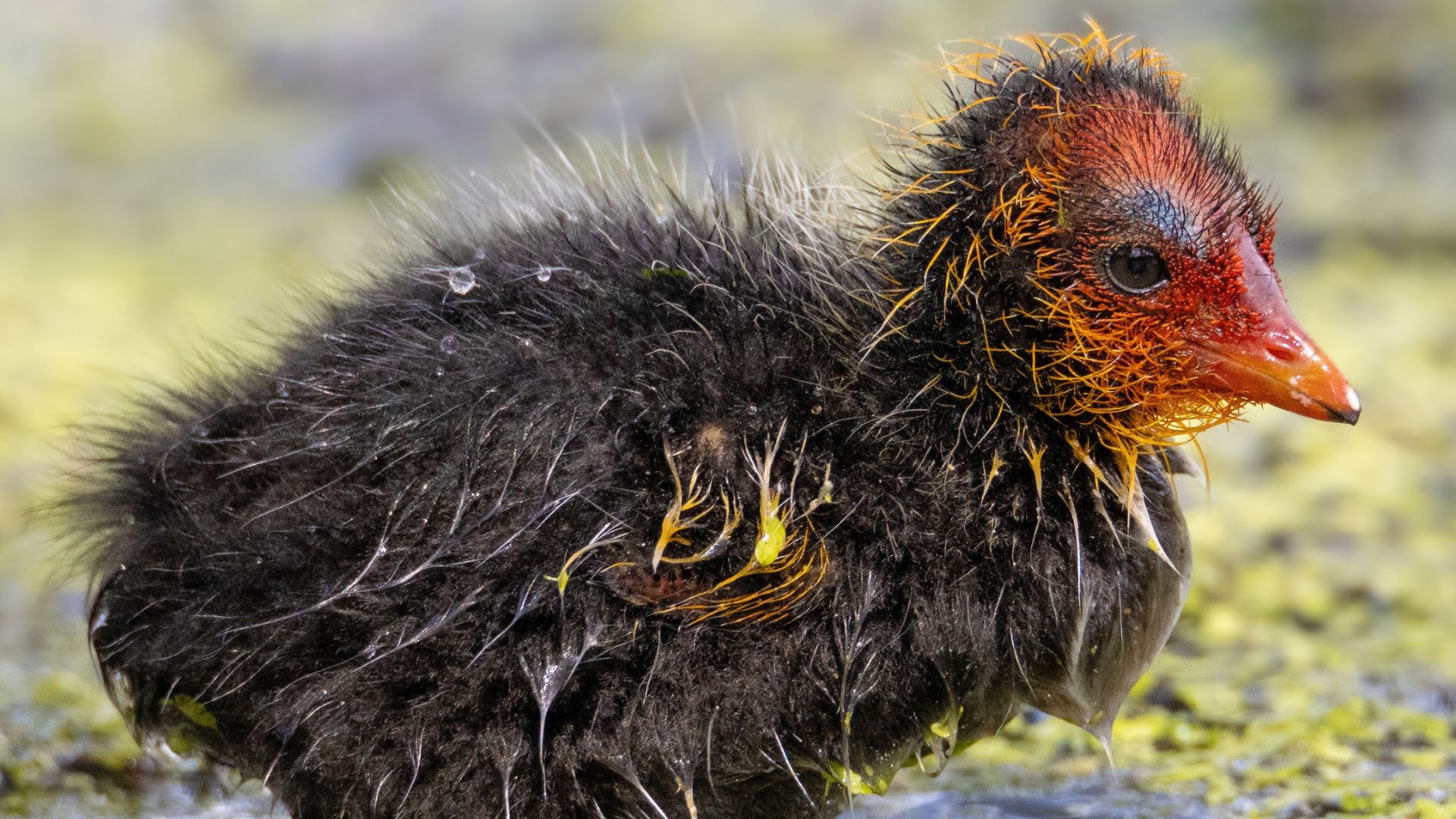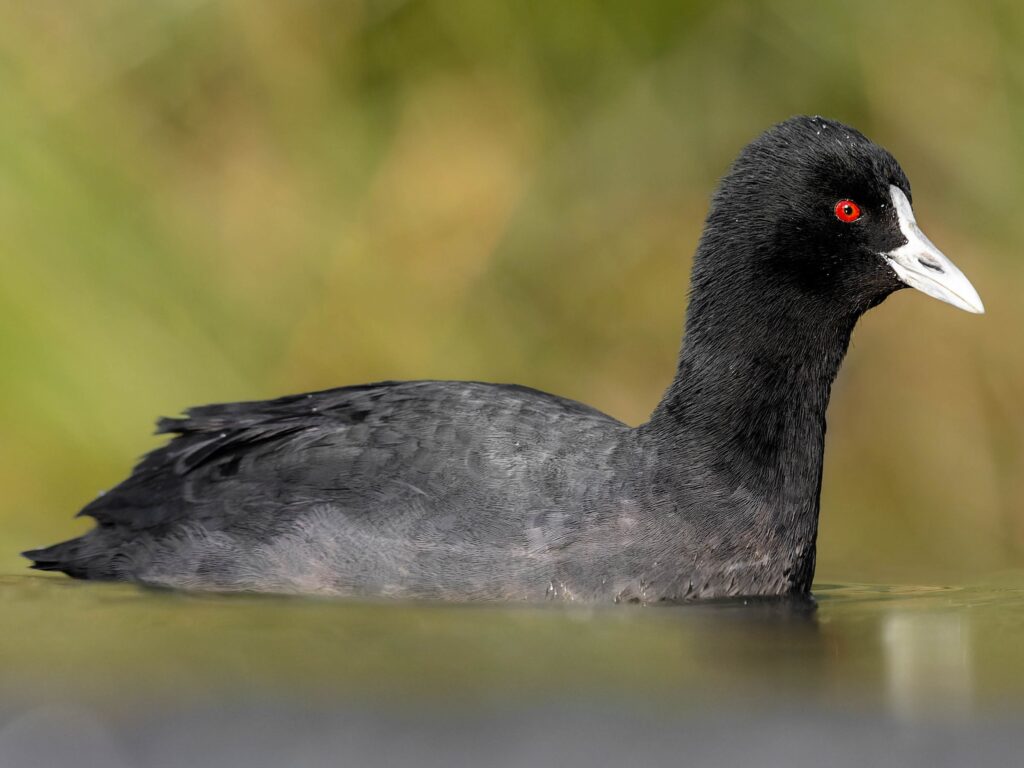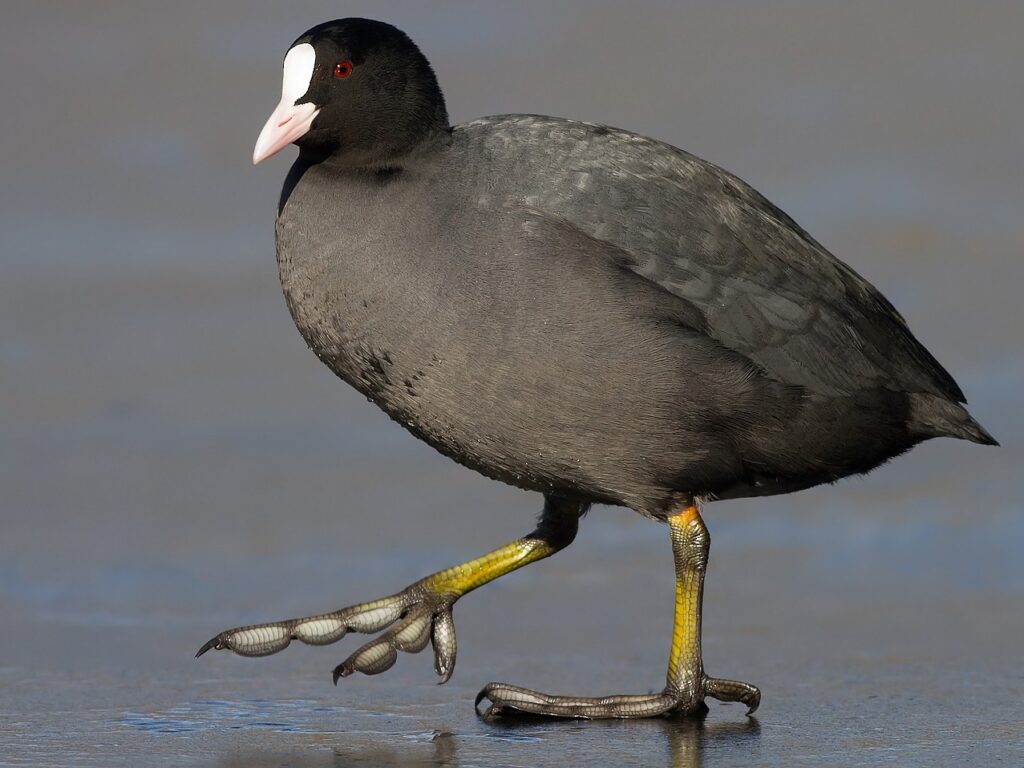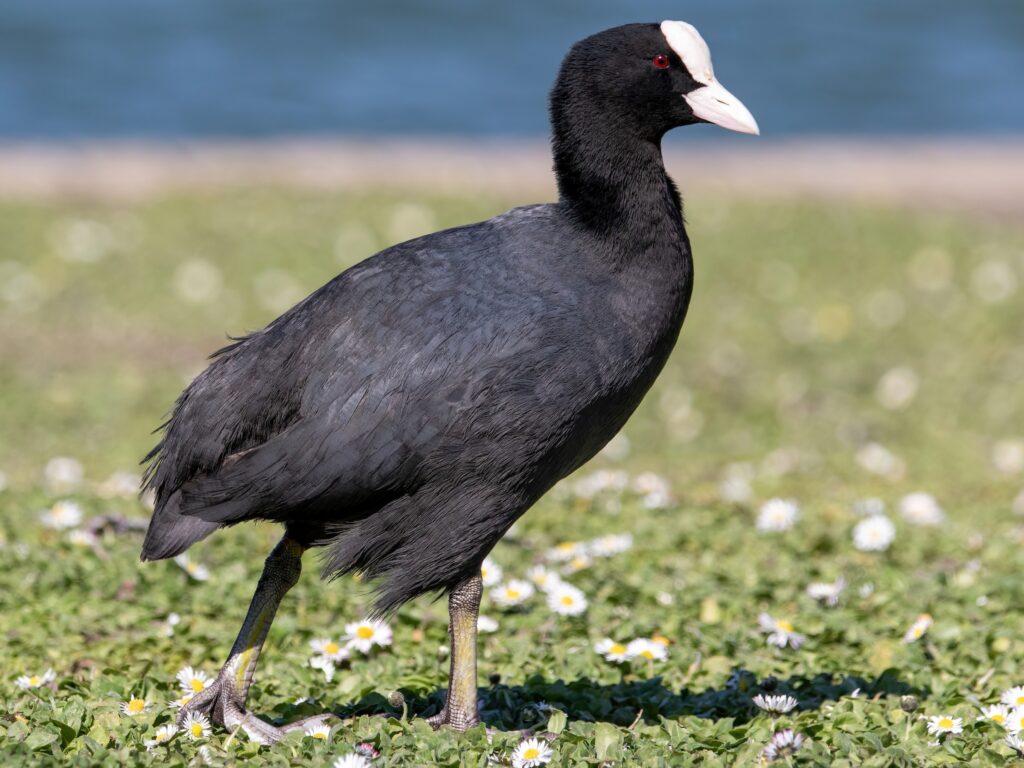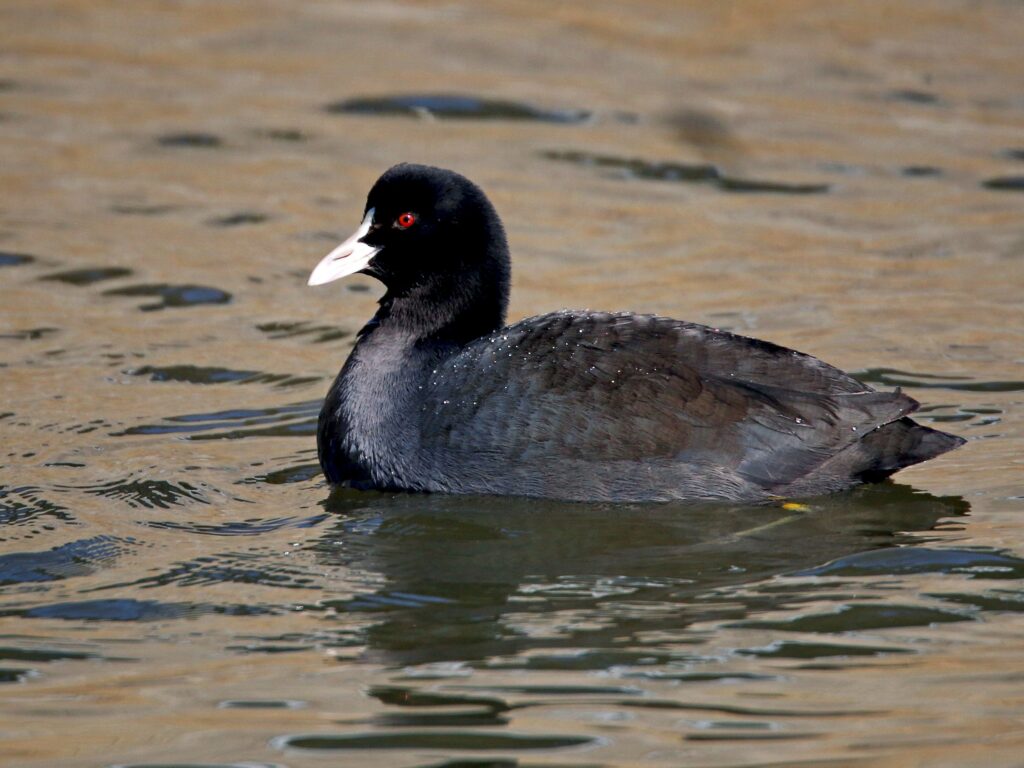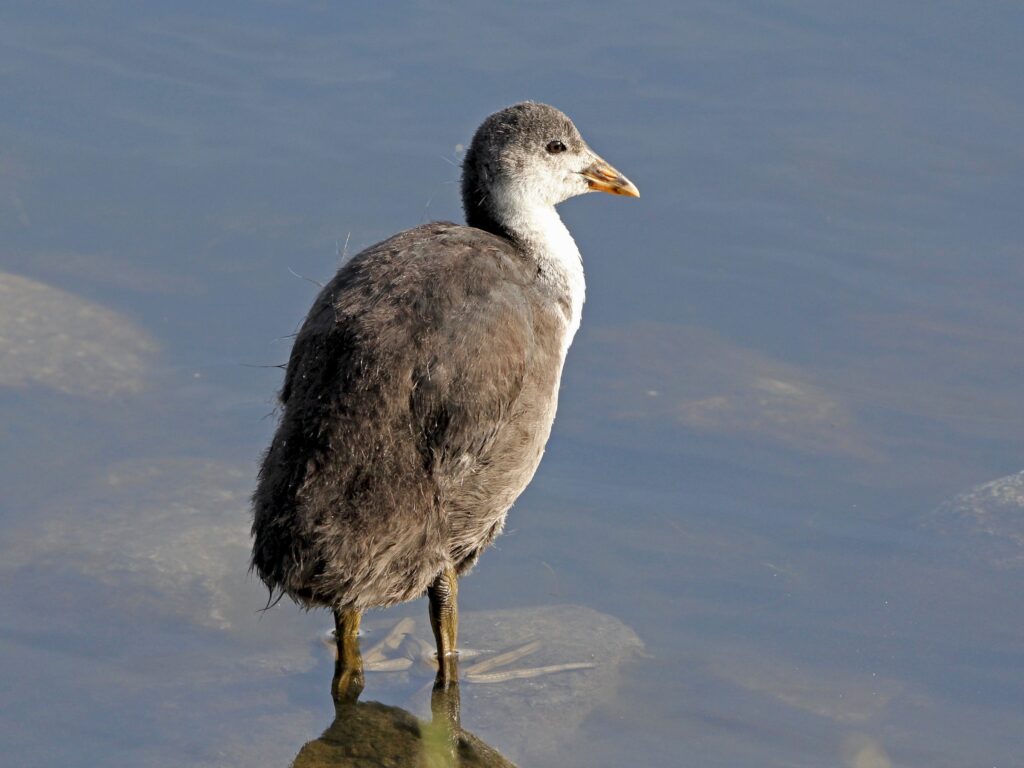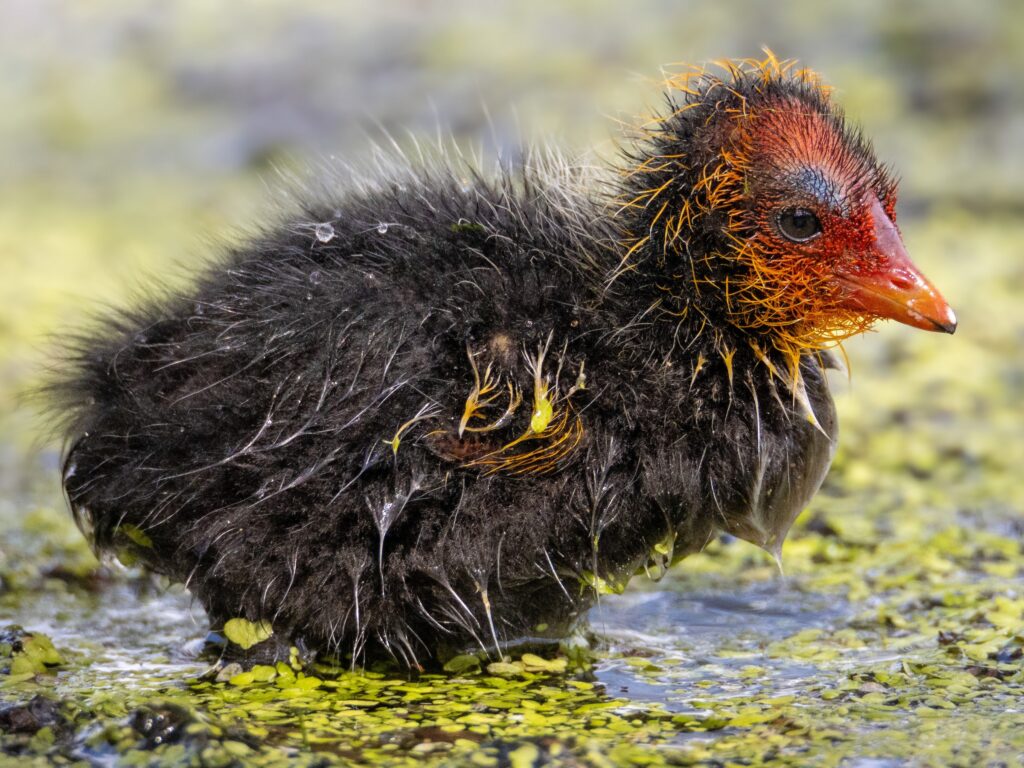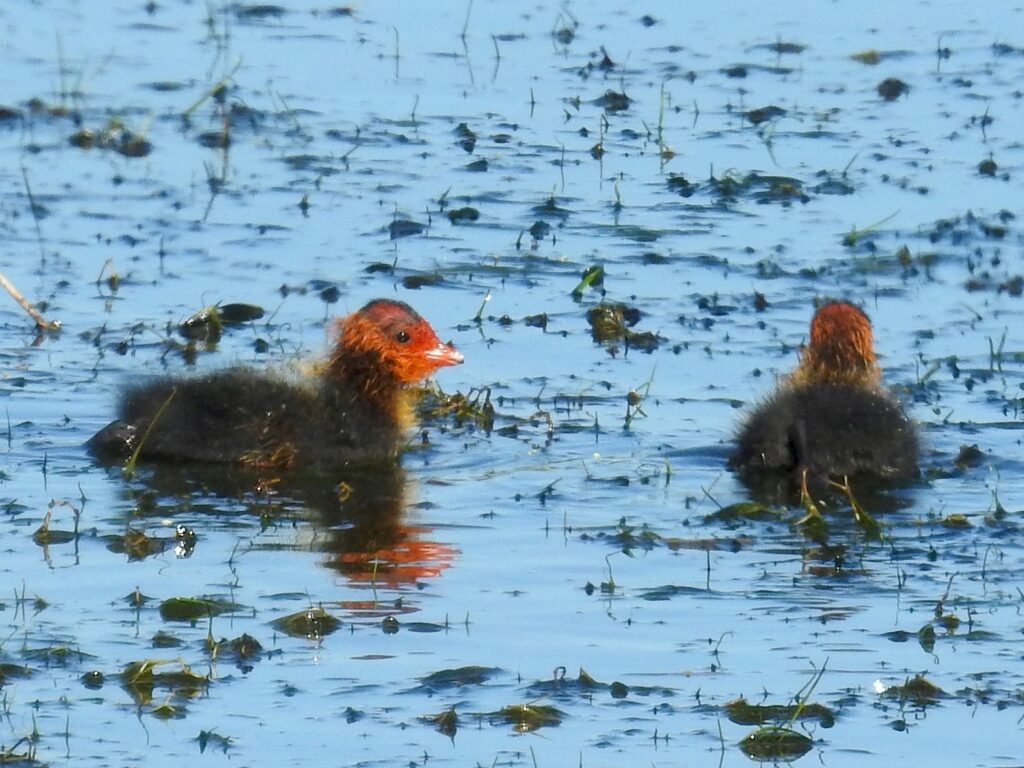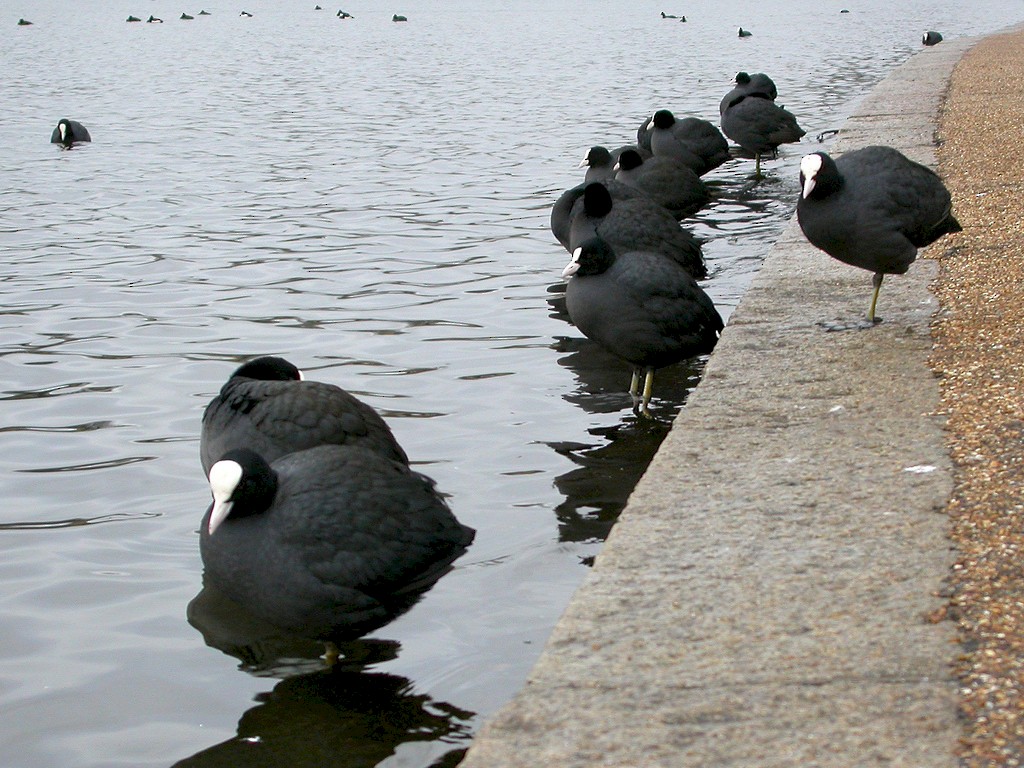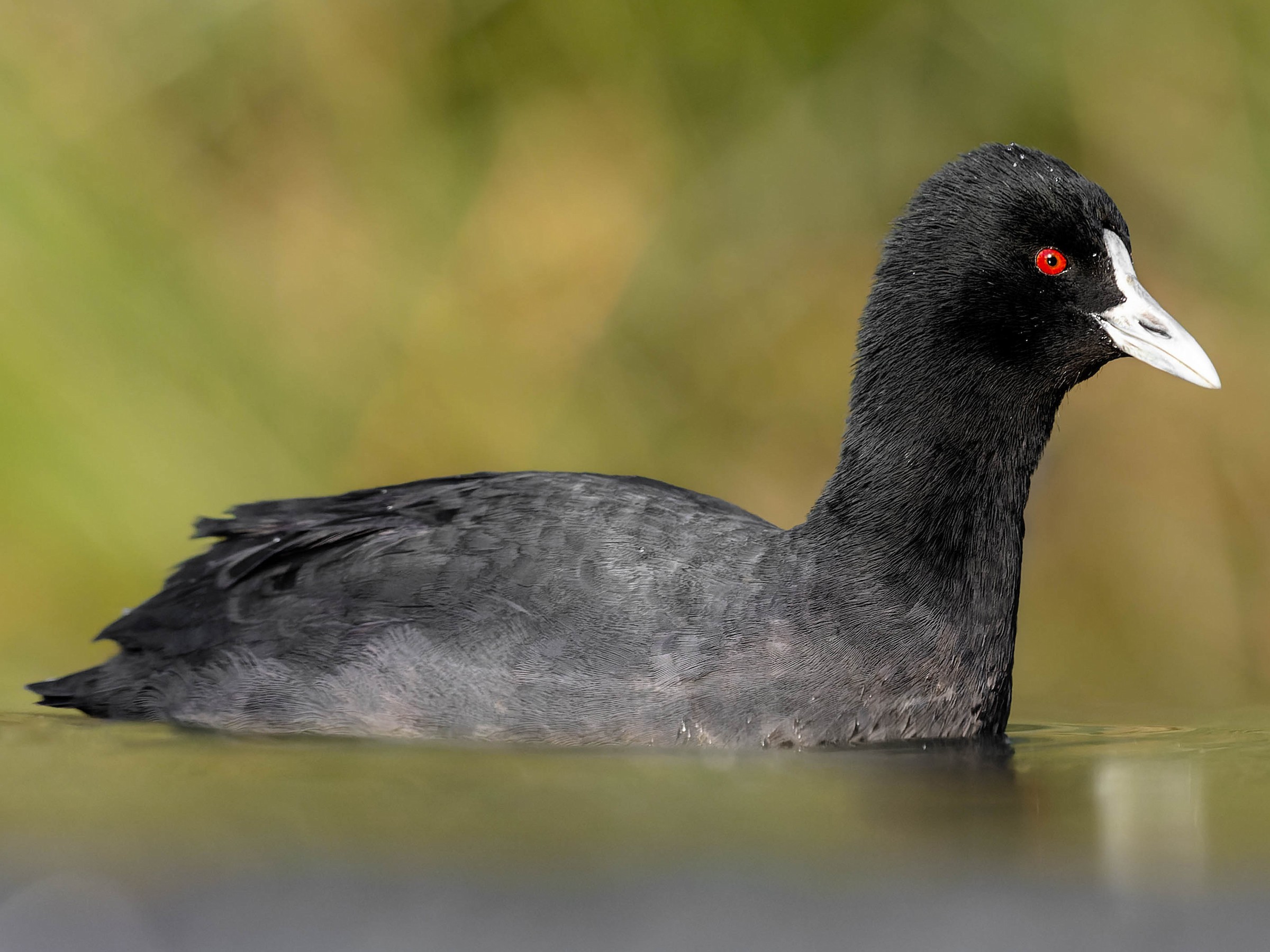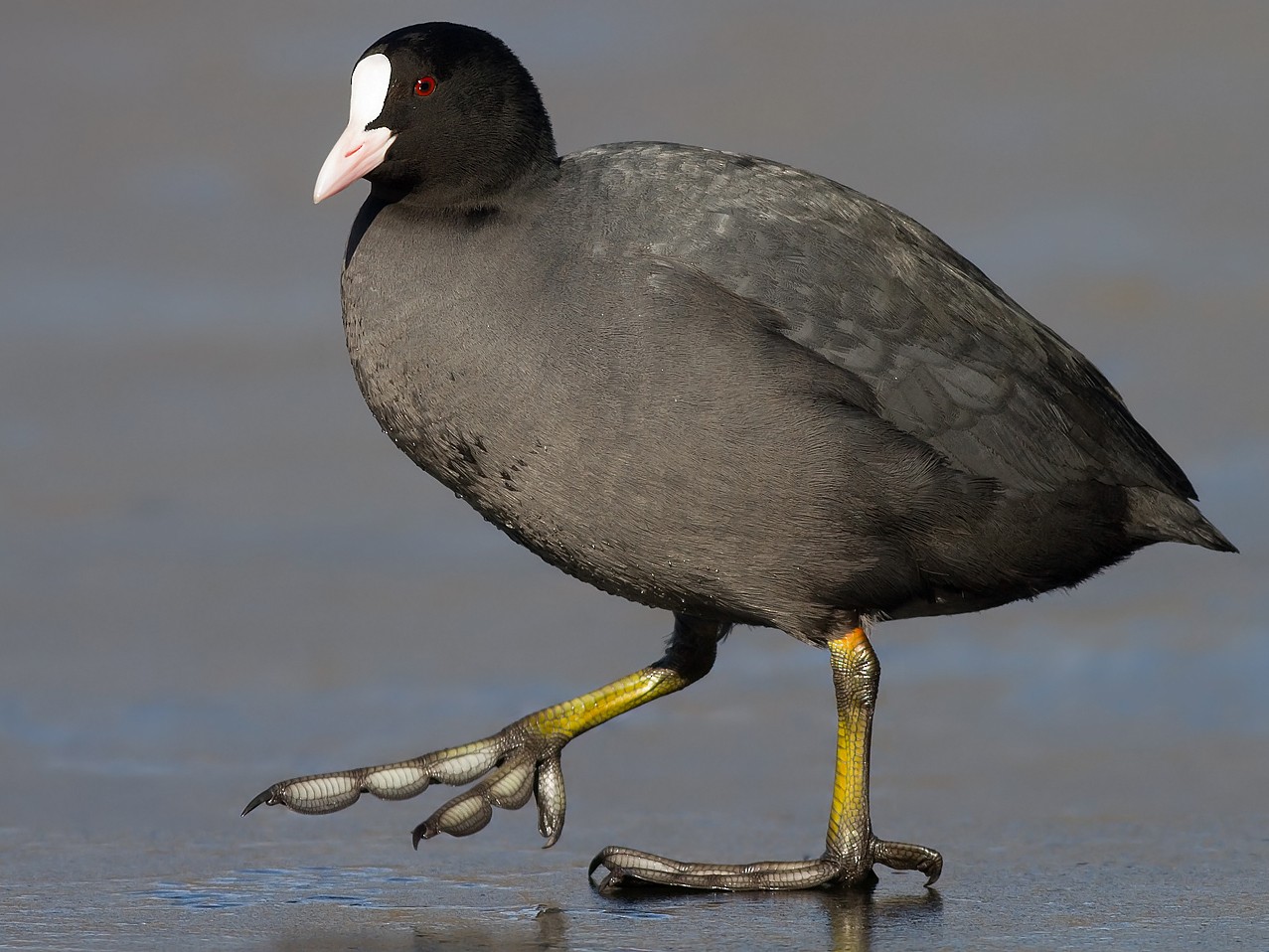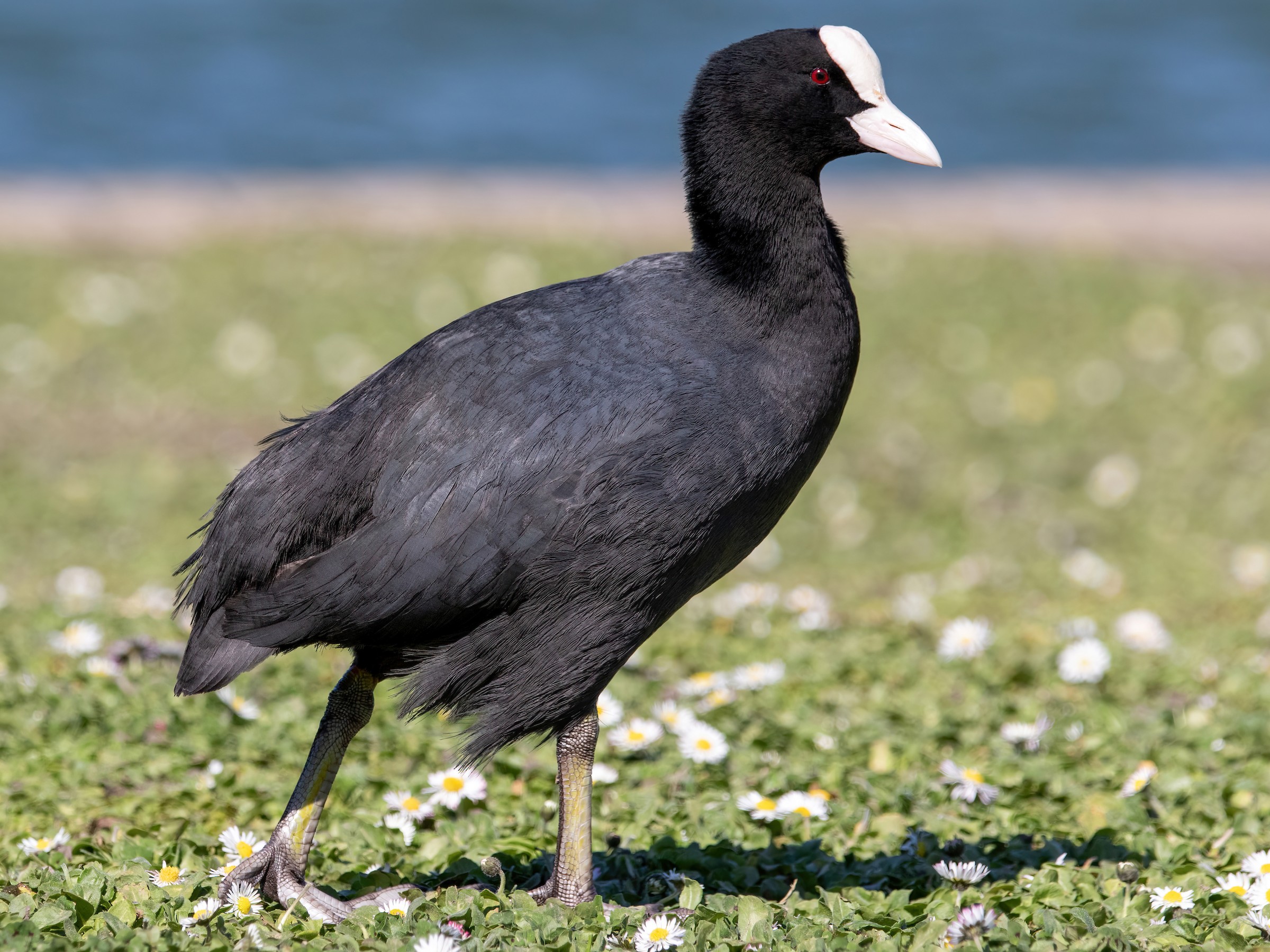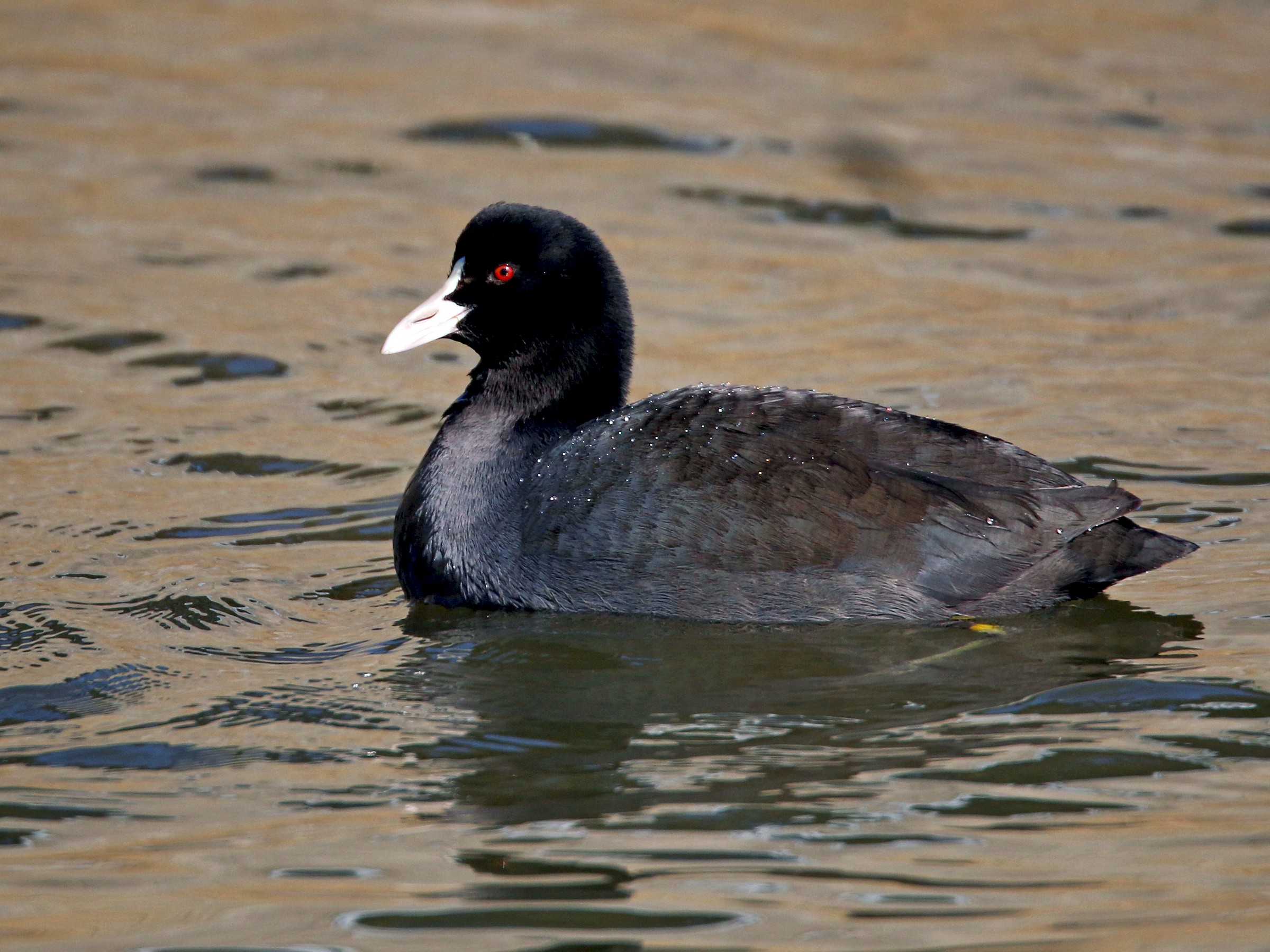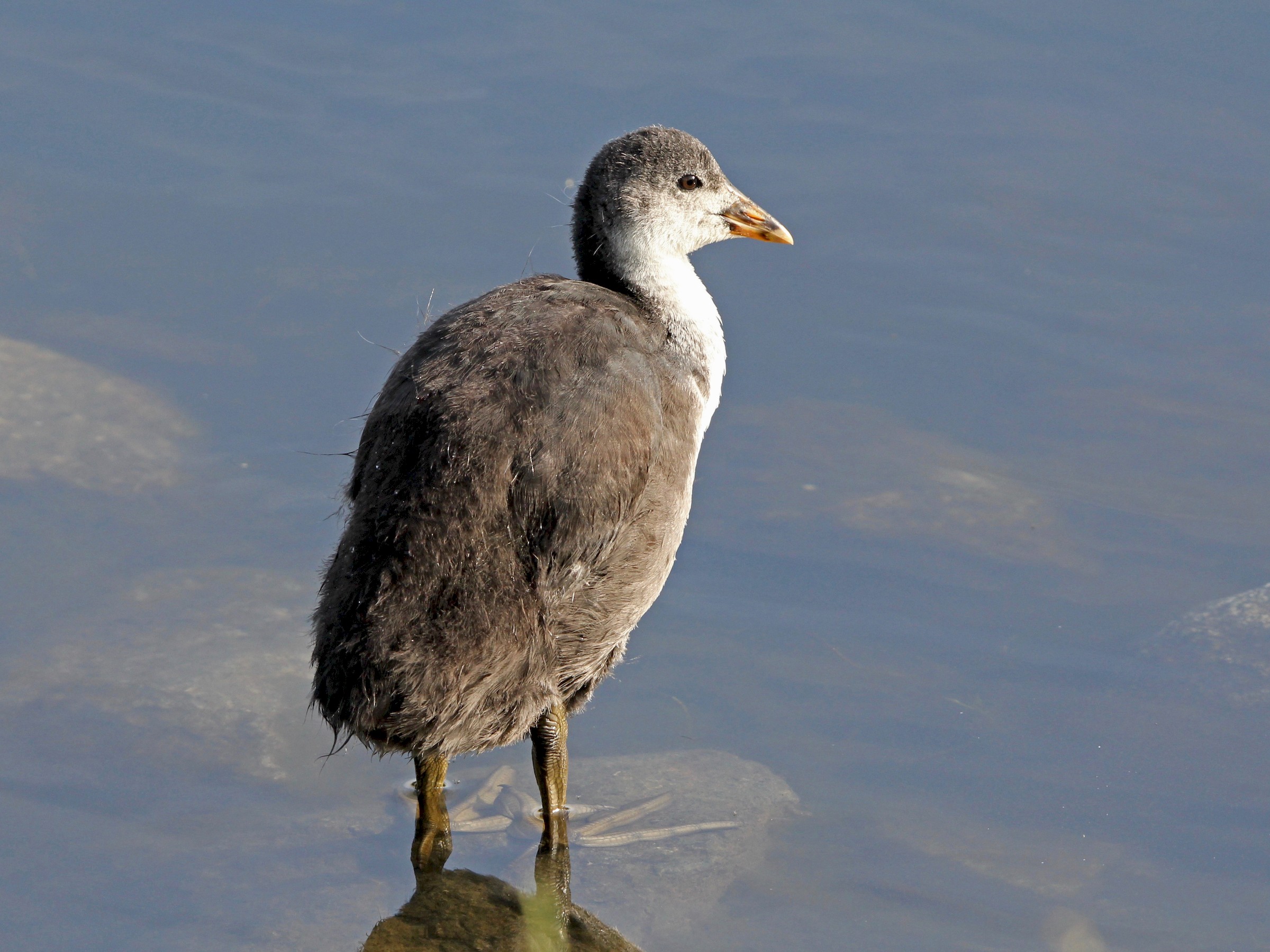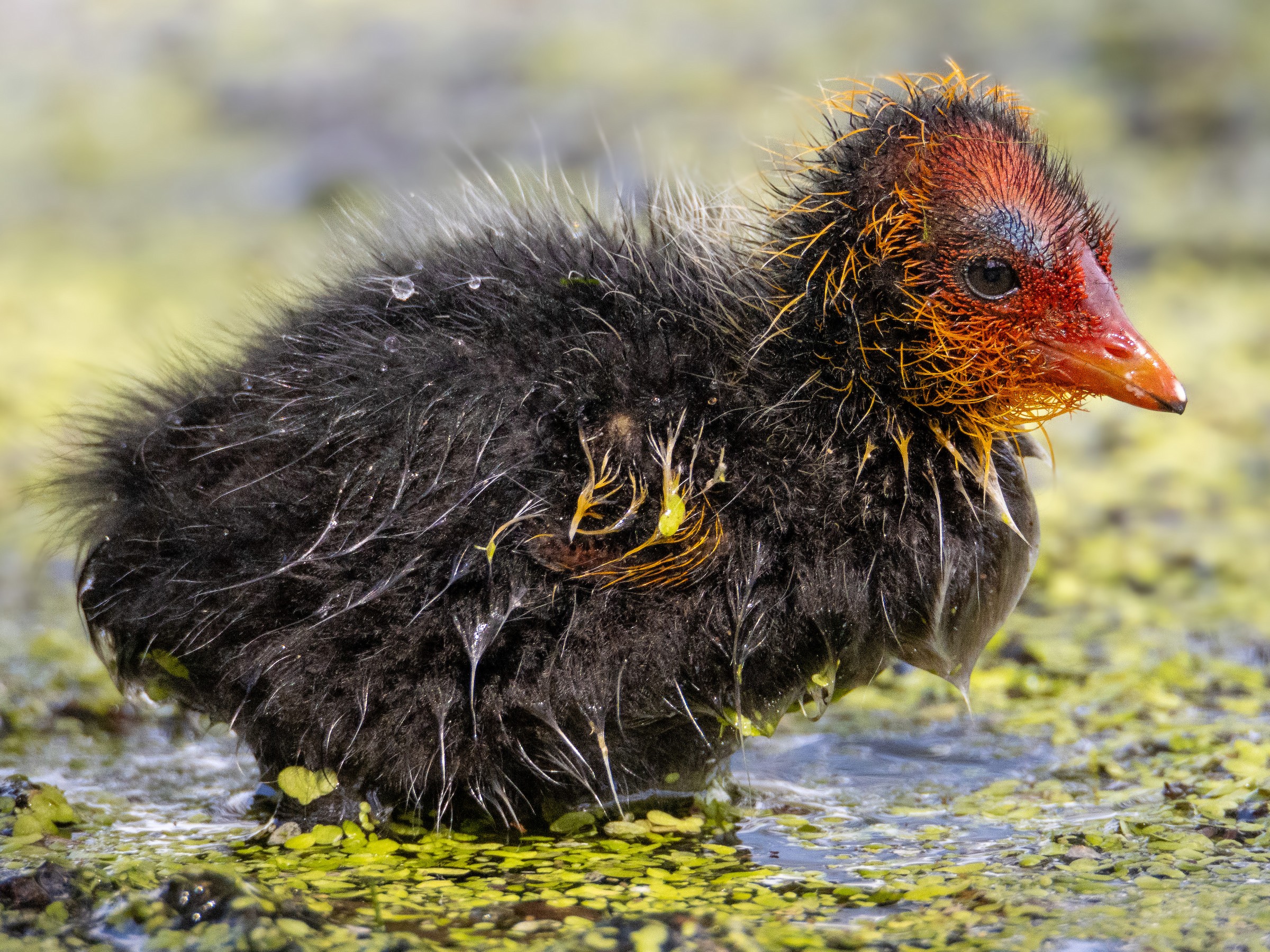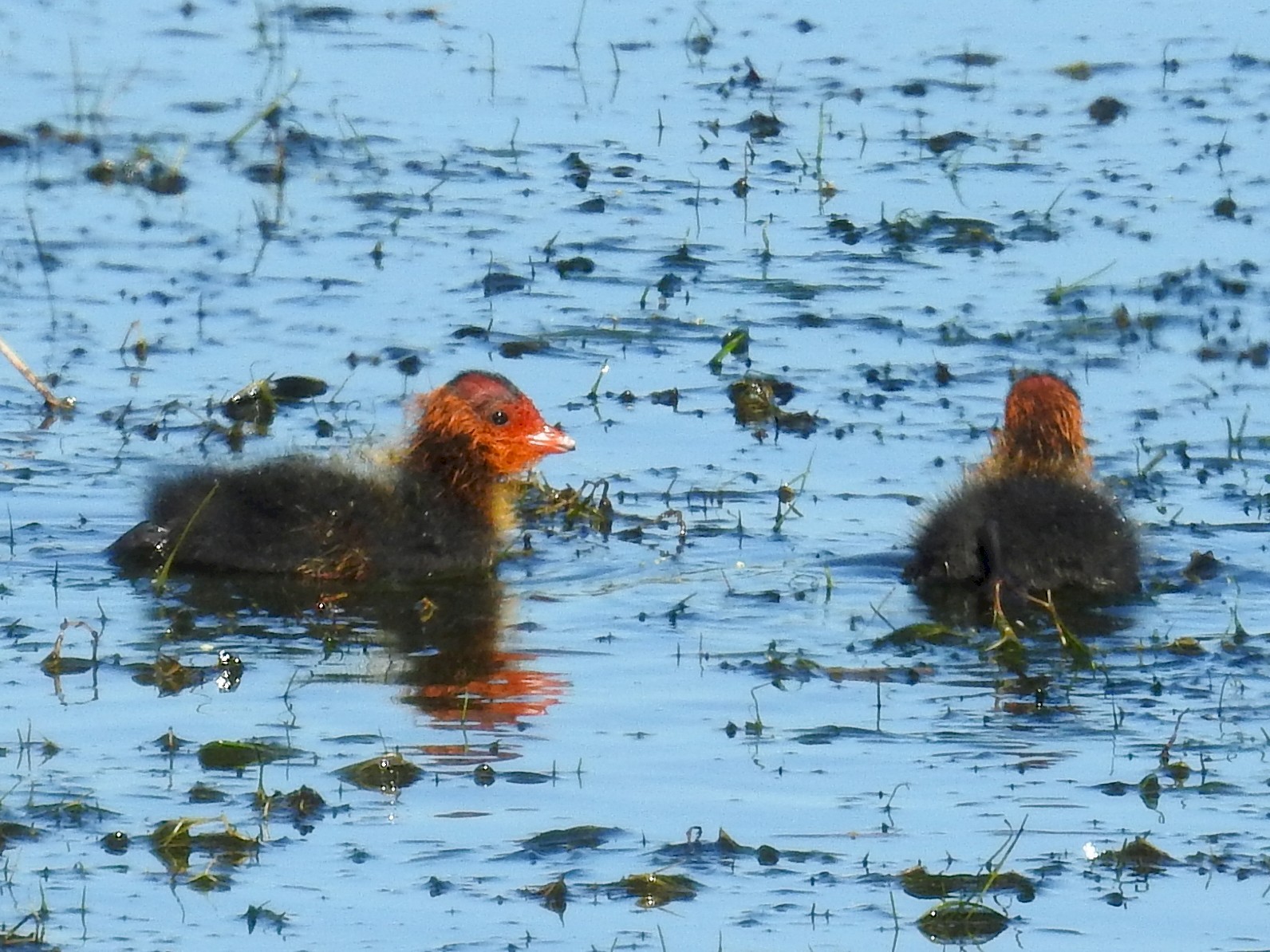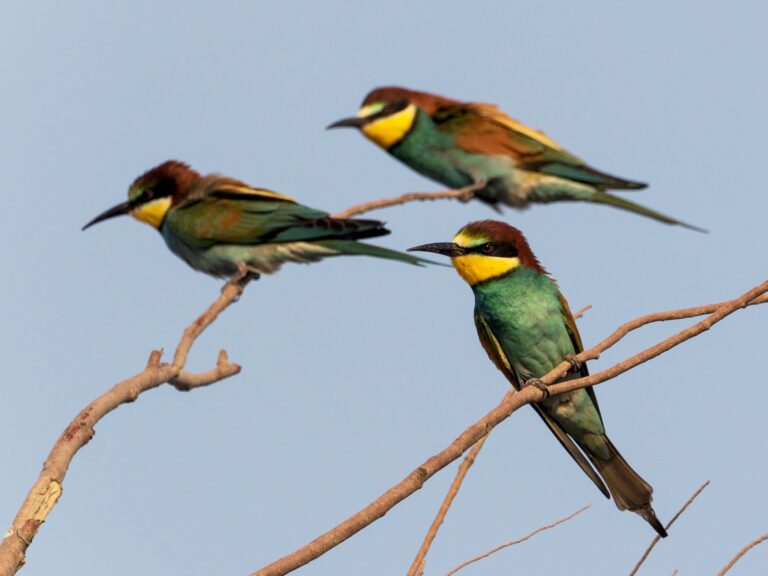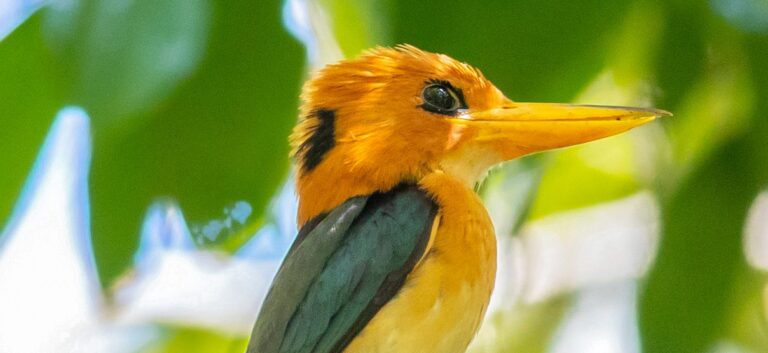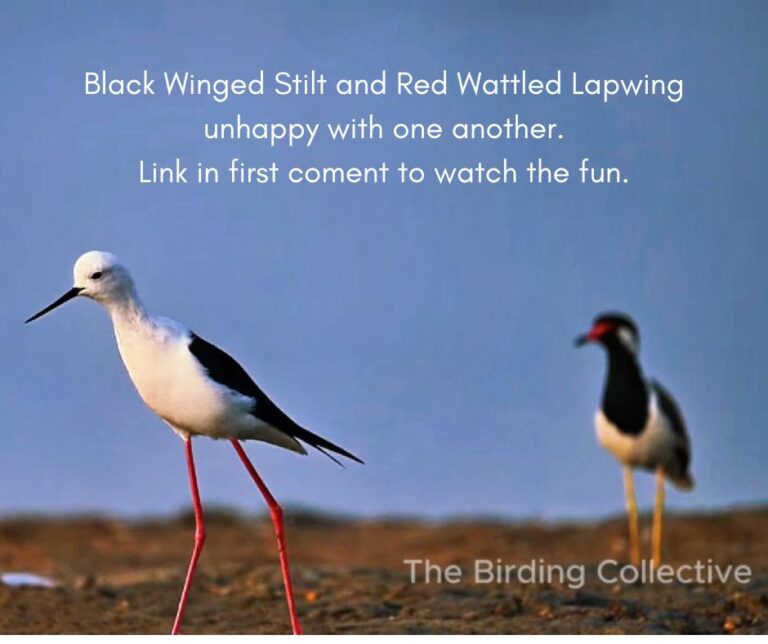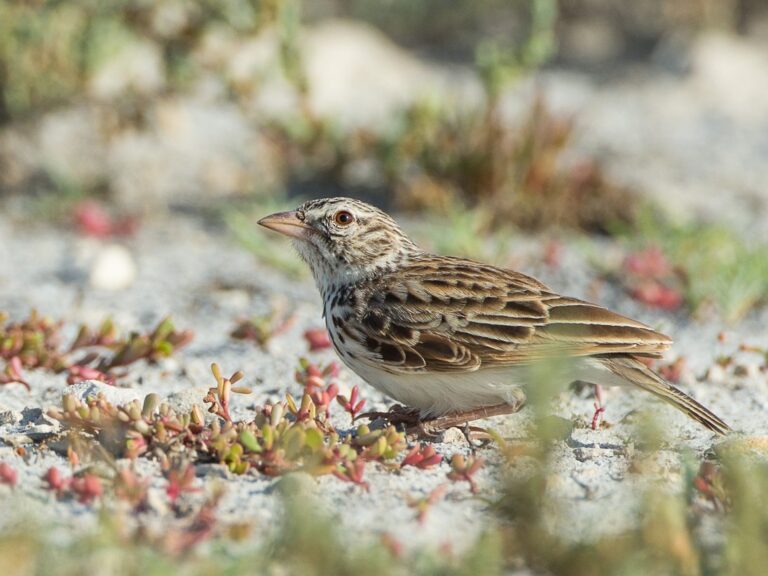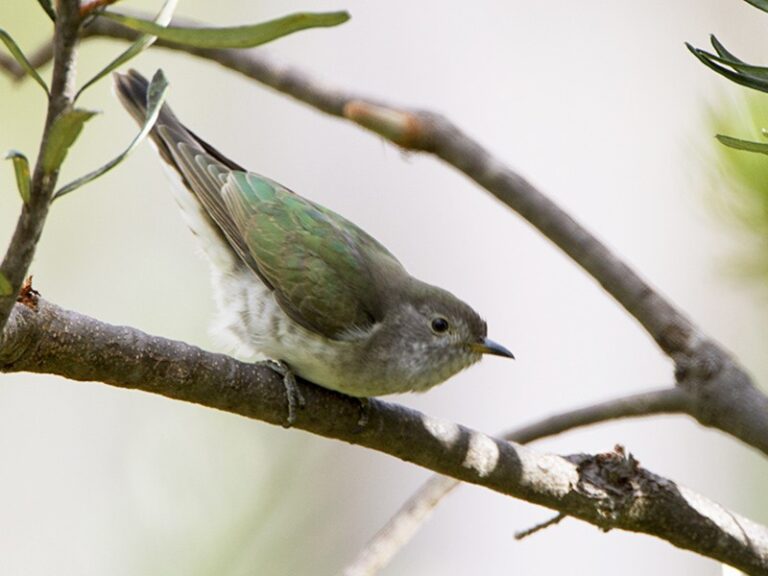Eurasian Coot: The Fascinating Waterbird of Wetlands and Lakes
The Eurasian Coot, scientifically known as Fulica atra, is a fascinating water bird found in various habitats across Europe, Asia, and North Africa. This bird is easily recognizable by its distinctive black plumage and white facial shield. Its presence in both urban and rural areas highlights its adaptability and ecological importance.
Eurasian Coots thrive in wetland environments, such as lakes, rivers, and marshes, where they are known for their unique feeding habits and social behavior. They are omnivorous and often forage for aquatic plants, insects, and small fish. Understanding their role in these ecosystems can provide valuable insights into the health of wetland environments.
Many cultures have found significance in the Eurasian Coot, symbolizing connectivity to nature and biodiversity. Studying these birds can also shed light on conservation efforts needed to protect their habitats.
Key Takeaways
- The Eurasian Coot is identifiable by its black feathers and white bill.
- It plays a crucial role in wetland ecosystems through its feeding habits.
- Cultural significance and conservation efforts are important aspects of this species.
Identification of the Eurasian Coot
The Eurasian Coot is a distinctive waterbird recognized for its unique physical traits and behaviors. Understanding its characteristics is essential for accurate identification, especially when comparing it with similar species.
Physical Characteristics
The Eurasian Coot is known for its black plumage, which appears darker in certain lighting. It has a robust body shape and long, lobed toes that aid in swimming. A key feature is its striking white bill, which stands out against its dark feathers.
Adult coots typically measure about 35 to 39 centimeters in length. They possess a short tail and a rounded head, giving them a compact appearance. The eyes are bright red, adding to their distinctive look.
Juvenile coots have mottled brown feathers with paler undersides, making them different from adults. The transition from juvenile to adult plumage occurs gradually over several months.
Comparison with American Coot
The American Coot (Fulica americana) is often confused with the Eurasian Coot due to similar features. Both birds have a lobed foot structure, but the American Coot has a more rounded head and a less pronounced white bill.
In terms of size, the American Coot tends to be slightly larger than the Eurasian Coot. Additionally, the bills of American Coots are usually a bit thicker and more hooked.
One can distinguish between them by observing their habitat preferences. The Eurasian Coot is often found across Europe and Asia, while the American Coot is more common in North America.
Overall, both birds share the same family but display noticeable differences in size, coloring, and habitat, making identification easier for keen observers.
Habitat and Distribution
The Eurasian Coot thrives in various wetland environments, making it widely distributed across Europe, Asia, and parts of North Africa. Its adaptability to different habitats and stages of migration plays a significant role in its population dynamics.
Natural Habitats
Eurasian Coots prefer habitats like lakes, marshes, and ponds. These environments offer abundant vegetation, which is crucial for nesting and foraging. The presence of reed beds is particularly favorable, as they provide shelter from predators and a place to build nests.
Coots are often found in areas with shallow waters, where they can easily dive for food. They consume aquatic plants, seeds, and small invertebrates. This flexible diet allows them to thrive in diverse habitats, from urban parks to remote wetlands.
Range and Migration Patterns
The range of the Eurasian Coot spans across the Old World, including large populations in Europe and Asia. During winter, many coots migrate southward to avoid harsh weather conditions. Some North American populations also exist, attributed to individuals introduced in the 19th century.
Migration patterns can vary significantly. While some birds travel long distances, others might shift only short distances based on local conditions. These patterns are influenced by food availability and habitat quality.
Vagrants and Introduced Populations
Vagrant Eurasian Coots have occasionally been spotted outside their typical range. Sightings in North America are particularly noteworthy, as they indicate the bird’s adaptability and ability to survive in new environments.
Introduced populations have established themselves in regions like the United States, where they have adapted to local wetland habitats. These birds usually replicate the behaviors observed in their native populations, which includes nesting and foraging strategies.
The presence of introduced coots can sometimes lead to competitive interactions with native species, affecting local ecosystems.
Behavior and Ecology
The Eurasian Coot displays a variety of behaviors and ecological traits that are essential for its survival. Its feeding patterns reveal its omnivorous diet, while its breeding habits showcase its adaptability. The social structure of coots is also noteworthy, particularly regarding their flocking behavior.
Diet and Feeding Habits
Eurasian Coots are primarily omnivorous. Their diet includes aquatic plants, seeds, and a variety of invertebrates, including insects. They have a unique feeding strategy that combines both swimming and walking.
Coots will often dive to reach food beneath the water’s surface. They may also forage on land, especially in areas close to the water. A typical feeding session can last several hours, allowing them to consume ample food for energy needs.
Breeding and Nesting
During the breeding season, Eurasian Coots build nests near the water. These nests are typically constructed from reeds and other vegetation, providing cover for eggs and chicks.
The female generally lays around 8 to 12 eggs, which she incubates for about 21 days. After hatching, chicks are precocial; they can swim almost immediately and rely on their parents for protection.
Breeding pairs work together to care for their young, often forming strong bonds that last throughout the nesting period.
Social Behavior and Flocks
Eurasian Coots are social birds that often live in flocks. These flocks can vary in size, especially outside of the breeding season. When in flocks, they display a variety of interactions, including vocalizations and posturing.
Flocking helps protect coots from predators and enhances foraging efficiency. Individuals within the flock often show strong social bonds, engaging in cooperative behaviors during feeding and nesting.
When disturbed by humans, coots demonstrate increased vigilance and may retreat to safer areas, underscoring the impact of human presence on their behavior.
Conservation Status
The conservation status of the Eurasian Coot reflects its current population trends and the efforts made to protect this species. Understanding its classification and conservation measures can help inform actions needed to support its habitats.
IUCN Red List Classification
The Eurasian Coot (Fulica atra) is classified as “Least Concern” on the IUCN Red List. This designation indicates that, while the species faces some threats, it is not currently at risk of extinction. The population is generally stable in many regions, particularly in parts of Europe and Asia.
Coots thrive in diverse freshwater habitats, including lakes, rivers, and marshes. However, they are vulnerable to habitat loss caused by urbanization and pollution. Continuous monitoring of their numbers is essential to ensure this status remains stable and to address emerging threats promptly.
Conservation Efforts
Conservation efforts for the Eurasian Coot focus on habitat protection and management. Many wetlands and freshwater ecosystems are designated as protected areas to maintain the environments that support coot populations.
Additionally, environmental organizations work to restore degraded habitats. Activities such as planting native vegetation and reducing pollution levels are critical in these areas.
Public awareness programs also highlight the importance of coots within their ecosystems. Engaging local communities in conservation efforts can enhance the protection of both the coots and their habitats. Through these combined efforts, the future of the Eurasian Coot can remain secure.
Cultural and Historical Significance
The Eurasian Coot has played a noteworthy role in various cultures and artistic expressions throughout history. Its presence in human culture and literature reveals a connection between this bird and people’s lives. The coot offers insights into how nature influences creativity and daily life.
In Human Culture
The Eurasian Coot, or Foulque Macroule, is a bird often seen in wetlands and parks. In many regions, it is part of local traditions. In Tokyo, this coot is a common sight in urban lakes. It adapts well to city life, showing how wildlife can coexist with humans.
In some cultures, coots symbolize resourcefulness. Their ability to thrive in diverse environments has inspired stories and folklore. Additionally, they are sometimes considered a sign of change, reflecting a shift in natural landscapes due to human activity.
Coots are also part of traditional hunting practices. In some areas, they are hunted for sport, linking them further to human culture and leisure activities.
References in Literature and Art
The Eurasian Coot has appeared in various forms of literature and art. It is often featured in poems, reflecting themes of nature and the beauty of wetlands. One notable reference is in European literature, where the coot symbolizes resilience and adaptability.
Artists have painted and illustrated coots, capturing their unique appearance and behavior. This includes depictions in wildlife art, celebrating the beauty of nature.
Furthermore, coots can be seen in photography, exposing their daily activities and relationships within their ecosystems. Their portrayal in art helps raise awareness about wetlands and the importance of conservation.
Overall, the Eurasian Coot signifies a blend of culture and nature, influencing both storytelling and artistic expressions across different societies.
Frequently Asked Questions
Eurasian Coots are fascinating birds with distinct features and behaviors. Understanding the differences between males and females, their behavior, and physical traits can enhance one’s appreciation for this species.
What distinguishes male and female Eurasian Coots?
Male and female Eurasian Coots are similar in appearance, but there are subtle differences. Males tend to be slightly larger than females. Breeding plumage may also show more vibrant colors in males, particularly during mating season.
Are Eurasian Coots known to exhibit any aggressive behaviors?
Yes, Eurasian Coots can be quite aggressive, especially during the breeding season. They may display territorial behavior, often chasing away other birds to protect their nesting area. This can involve loud vocalizations and physical confrontations.
What is the typical size and weight range for a Eurasian Coot?
Eurasian Coots typically measure about 13 to 16 inches in length. They usually weigh between 1.5 to 2.5 pounds. Their size can vary based on factors such as habitat and diet.
How can you identify the sounds made by a Eurasian Coot?
Eurasian Coots are known for their distinct calls. They produce a variety of sounds, including a characteristic “kow” or a series of clucking noises. These vocalizations are often used for communication, especially during mating.
What are some unique characteristics of the Eurasian Coot’s feet?
Eurasian Coots have distinctive toes that are long and lobed. These adaptations help them swim efficiently in water. Their feet are also well-suited for walking on soft, muddy surfaces.
At what age do juvenile Eurasian Coots develop their adult plumage?
Juvenile Eurasian Coots usually start to develop their adult plumage at about 3 to 4 months of age. By the time they reach 6 months, they often closely resemble adult birds. This transition involves changes in both feather coloration and structure.
